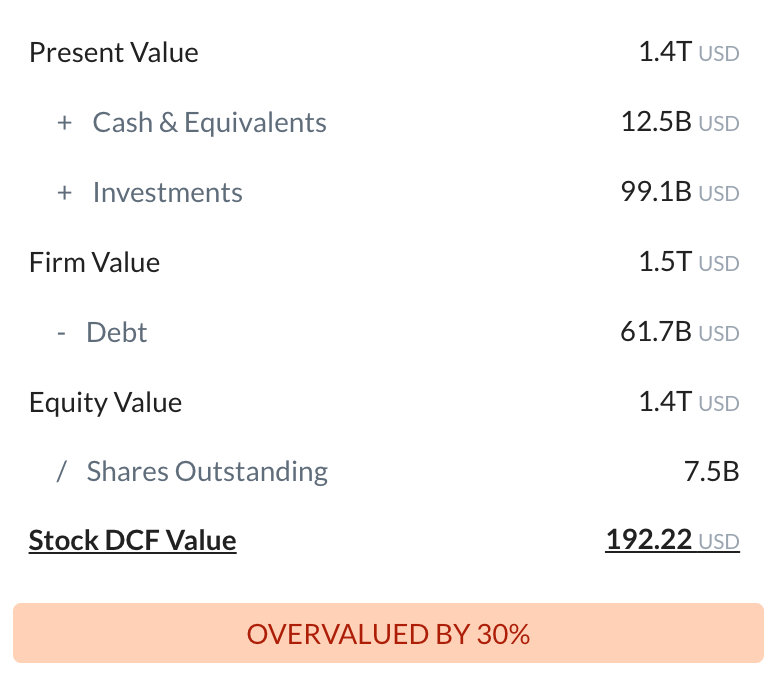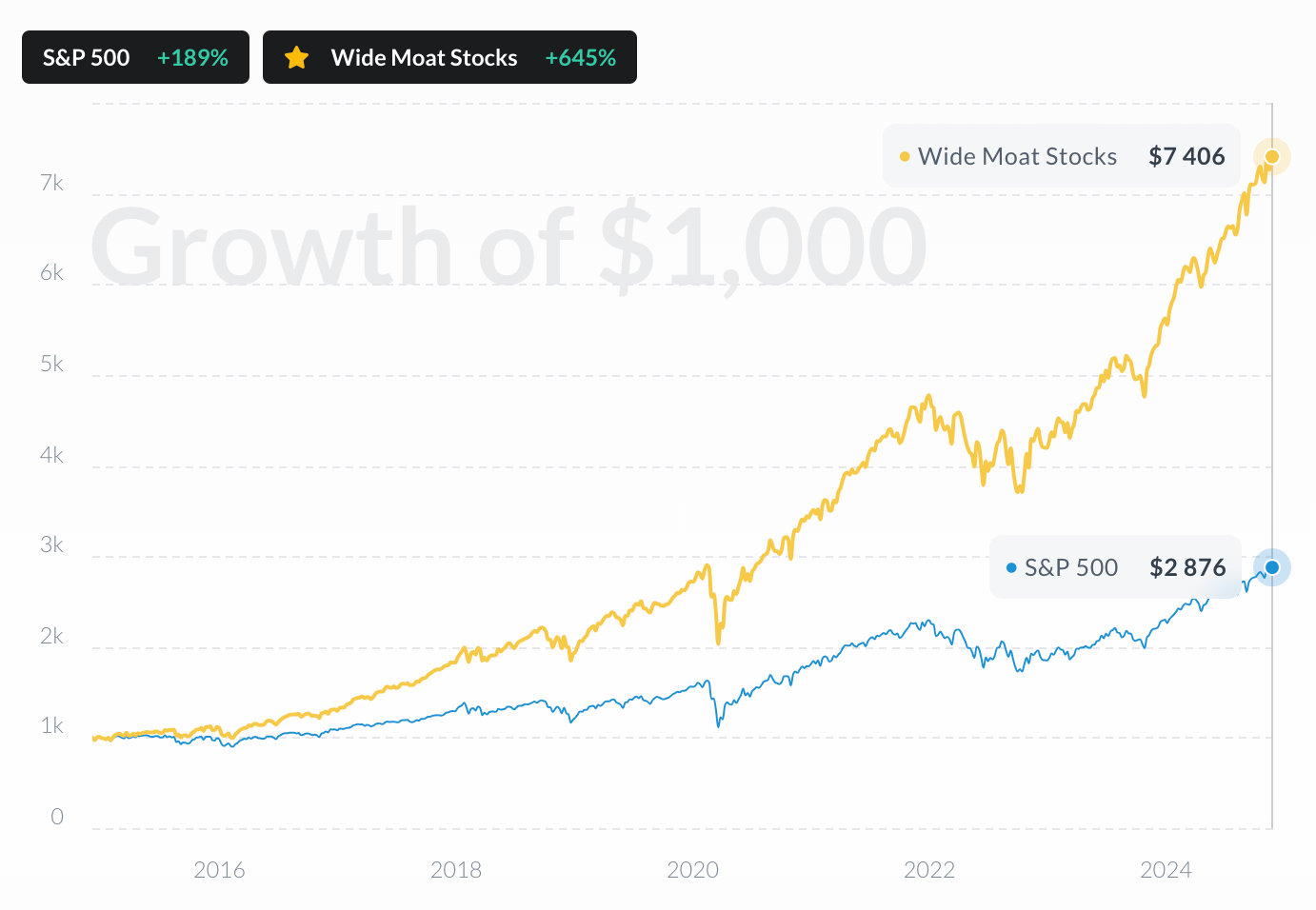
Cognizant Technology Solutions Corp
NASDAQ:CTSH


| US |

|
Johnson & Johnson
NYSE:JNJ
|
Pharmaceuticals
|
| US |

|
Berkshire Hathaway Inc
NYSE:BRK.A
|
Financial Services
|
| US |

|
Bank of America Corp
NYSE:BAC
|
Banking
|
| US |

|
Mastercard Inc
NYSE:MA
|
Technology
|
| US |

|
UnitedHealth Group Inc
NYSE:UNH
|
Health Care
|
| US |

|
Exxon Mobil Corp
NYSE:XOM
|
Energy
|
| US |

|
Pfizer Inc
NYSE:PFE
|
Pharmaceuticals
|
| US |

|
Palantir Technologies Inc
NYSE:PLTR
|
Technology
|
| US |

|
Nike Inc
NYSE:NKE
|
Textiles, Apparel & Luxury Goods
|
| US |

|
Visa Inc
NYSE:V
|
Technology
|
| CN |

|
Alibaba Group Holding Ltd
NYSE:BABA
|
Retail
|
| US |

|
JPMorgan Chase & Co
NYSE:JPM
|
Banking
|
| US |

|
Coca-Cola Co
NYSE:KO
|
Beverages
|
| US |

|
Walmart Inc
NYSE:WMT
|
Retail
|
| US |

|
Verizon Communications Inc
NYSE:VZ
|
Telecommunication
|
| US |

|
Chevron Corp
NYSE:CVX
|
Energy
|
Utilize notes to systematically review your investment decisions. By reflecting on past outcomes, you can discern effective strategies and identify those that underperformed. This continuous feedback loop enables you to adapt and refine your approach, optimizing for future success.
Each note serves as a learning point, offering insights into your decision-making processes. Over time, you'll accumulate a personalized database of knowledge, enhancing your ability to make informed decisions quickly and effectively.
With a comprehensive record of your investment history at your fingertips, you can compare current opportunities against past experiences. This not only bolsters your confidence but also ensures that each decision is grounded in a well-documented rationale.
Do you really want to delete this note?
This action cannot be undone.

| 52 Week Range |
65.47
90.39
|
| Price Target |
|
We'll email you a reminder when the closing price reaches USD.
Choose the stock you wish to monitor with a price alert.

|
Johnson & Johnson
NYSE:JNJ
|
US |

|
Berkshire Hathaway Inc
NYSE:BRK.A
|
US |

|
Bank of America Corp
NYSE:BAC
|
US |

|
Mastercard Inc
NYSE:MA
|
US |

|
UnitedHealth Group Inc
NYSE:UNH
|
US |

|
Exxon Mobil Corp
NYSE:XOM
|
US |

|
Pfizer Inc
NYSE:PFE
|
US |

|
Palantir Technologies Inc
NYSE:PLTR
|
US |

|
Nike Inc
NYSE:NKE
|
US |

|
Visa Inc
NYSE:V
|
US |

|
Alibaba Group Holding Ltd
NYSE:BABA
|
CN |

|
JPMorgan Chase & Co
NYSE:JPM
|
US |

|
Coca-Cola Co
NYSE:KO
|
US |

|
Walmart Inc
NYSE:WMT
|
US |

|
Verizon Communications Inc
NYSE:VZ
|
US |

|
Chevron Corp
NYSE:CVX
|
US |
This alert will be permanently deleted.
Intrinsic Value
The intrinsic value of one
 CTSH
stock under the Base Case scenario is
88.89
USD.
Compared to the current market price of 80.72 USD,
Cognizant Technology Solutions Corp
is
Undervalued by 9%.
CTSH
stock under the Base Case scenario is
88.89
USD.
Compared to the current market price of 80.72 USD,
Cognizant Technology Solutions Corp
is
Undervalued by 9%.
The Intrinsic Value is calculated as the average of DCF and Relative values:

Let our AI compare Alpha Spread’s intrinsic value with external valuations from Simply Wall St, GuruFocus, ValueInvesting.io, Seeking Alpha, and others.
Let our AI break down the key assumptions behind the intrinsic value calculation for Cognizant Technology Solutions Corp.
| US |

|
International Business Machines Corp
NYSE:IBM
|
|
| IE |

|
Accenture PLC
NYSE:ACN
|
|
| IN |

|
Tata Consultancy Services Ltd
NSE:TCS
|
|
| IN |
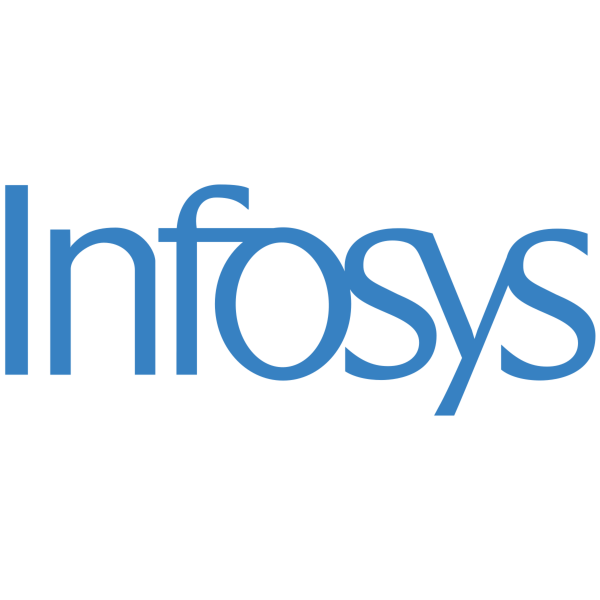
|
Infosys Ltd
NSE:INFY
|
|
| IN |
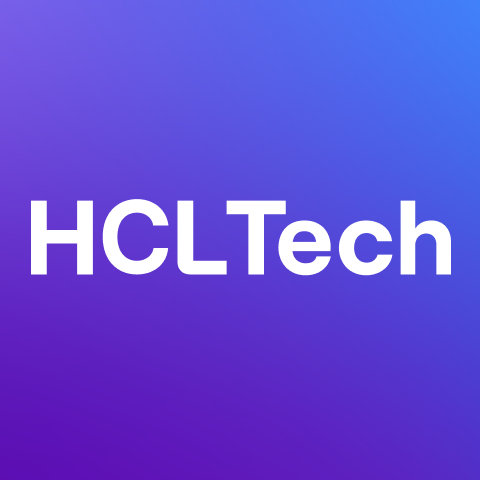
|
HCL Technologies Ltd
NSE:HCLTECH
|
|
| JP |
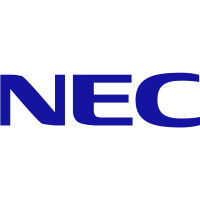
|
NEC Corp
TSE:6701
|
|
| JP |
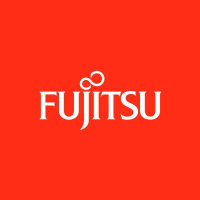
|
Fujitsu Ltd
TSE:6702
|
|
| JP |

|
NTT Data Corp
TSE:9613
|
|
| JP |
N
|
NTT Data Group Corp
DUS:NT5
|
|
| IN |
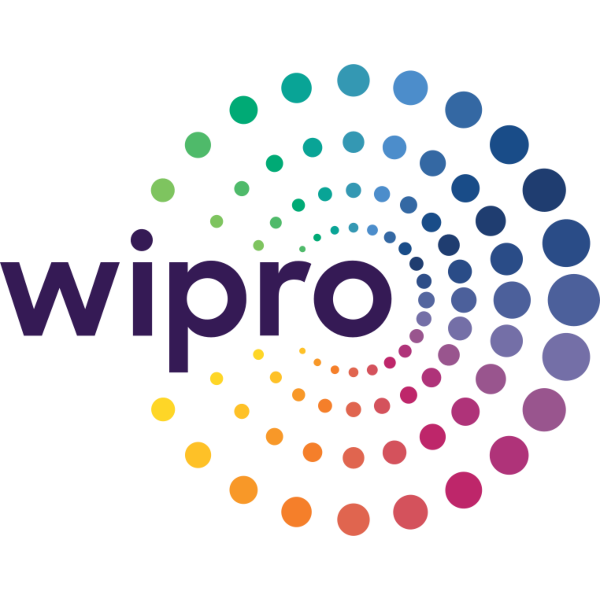
|
Wipro Ltd
NSE:WIPRO
|
Fundamental Analysis
Select up to 3 indicators:
Select up to 3 indicators:

Cognizant’s growth could be hampered by stiff competition from rival IT service providers and consultancies that are aggressively investing in next-generation technology solutions, potentially eroding Cognizant’s pricing power in its core digital and cloud offerings.
Heightened attrition rates and potential leadership transitions could challenge Cognizant’s ability to consistently maintain project quality and innovate at the pace required by enterprise customers, leading to slower revenue growth and diminished client satisfaction over time.
A continued slowdown in key verticals such as financial services and healthcare – major revenue drivers for Cognizant – could expose the company to concentrated downside risk if macroeconomic conditions or regulatory shifts reduce client IT spending in these segments.
Cognizant’s comprehensive digital transformation portfolio positions it to capture rising enterprise demand for cloud migration and advanced analytics, especially as businesses seek to modernize legacy systems and incorporate AI-driven solutions.
Strategic acquisitions and partnerships with leading cloud providers like AWS, Microsoft, and Google Cloud bolster Cognizant’s ability to deliver end-to-end solutions, enhancing its competitive edge in large-scale digital initiatives.
Ongoing investments in global delivery centers and reskilling programs allow Cognizant to provide high-quality services at scale, enabling the firm to meet evolving customer needs and improve long-term profitability in an increasingly digital marketplace.
Revenue & Expenses Breakdown
Cognizant Technology Solutions Corp

Balance Sheet Decomposition
Cognizant Technology Solutions Corp

| Current Assets | 8.1B |
| Cash & Short-Term Investments | 2.4B |
| Receivables | 4.4B |
| Other Current Assets | 1.3B |
| Non-Current Assets | 12B |
| Long-Term Investments | 107m |
| PP&E | 1.5B |
| Intangibles | 8.6B |
| Other Non-Current Assets | 1.8B |
| Current Liabilities | 3.4B |
| Accounts Payable | 284m |
| Accrued Liabilities | 2.1B |
| Other Current Liabilities | 1.1B |
| Non-Current Liabilities | 1.8B |
| Long-Term Debt | 551m |
| Other Non-Current Liabilities | 1.3B |
Free Cash Flow Analysis
Cognizant Technology Solutions Corp

| USD | |
| Free Cash Flow | USD |
Earnings Waterfall
Cognizant Technology Solutions Corp

|
Revenue
|
20.9B
USD
|
|
Cost of Revenue
|
-13.8B
USD
|
|
Gross Profit
|
7.1B
USD
|
|
Operating Expenses
|
-3.8B
USD
|
|
Operating Income
|
3.3B
USD
|
|
Other Expenses
|
-1.1B
USD
|
|
Net Income
|
2.1B
USD
|
CTSH Profitability Score
Profitability Due Diligence

Cognizant Technology Solutions Corp's profitability score is 53/100. The higher the profitability score, the more profitable the company is.

Score
Cognizant Technology Solutions Corp's profitability score is 53/100. The higher the profitability score, the more profitable the company is.
CTSH Solvency Score
Solvency Due Diligence

Cognizant Technology Solutions Corp's solvency score is 95/100. The higher the solvency score, the more solvent the company is.

Score
Cognizant Technology Solutions Corp's solvency score is 95/100. The higher the solvency score, the more solvent the company is.
Wall St
Price Targets
CTSH Price Targets Summary
Cognizant Technology Solutions Corp

According to Wall Street analysts, the average 1-year price target for
 CTSH
is 86.8 USD
with a low forecast of 70.7 USD and a high forecast of 108.15 USD.
CTSH
is 86.8 USD
with a low forecast of 70.7 USD and a high forecast of 108.15 USD.
Dividends
Current shareholder yield for  CTSH is
.
CTSH is
.
Shareholder yield represents the total return a company provides to its shareholders, calculated as the sum of dividend yield, buyback yield, and debt paydown yield. What is shareholder yield?
The intrinsic value of one
 CTSH
stock under the Base Case scenario is
88.89
USD.
CTSH
stock under the Base Case scenario is
88.89
USD.
Compared to the current market price of 80.72 USD,
 Cognizant Technology Solutions Corp
is
Undervalued by 9%.
Cognizant Technology Solutions Corp
is
Undervalued by 9%.








